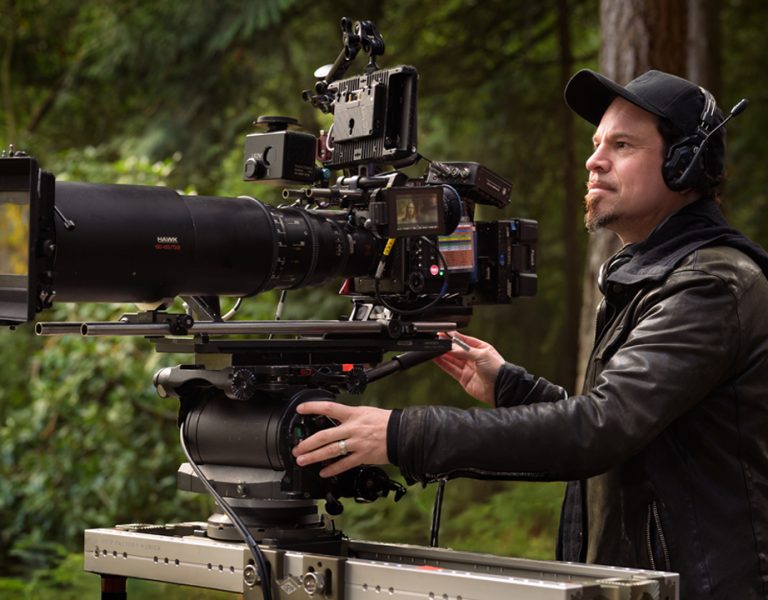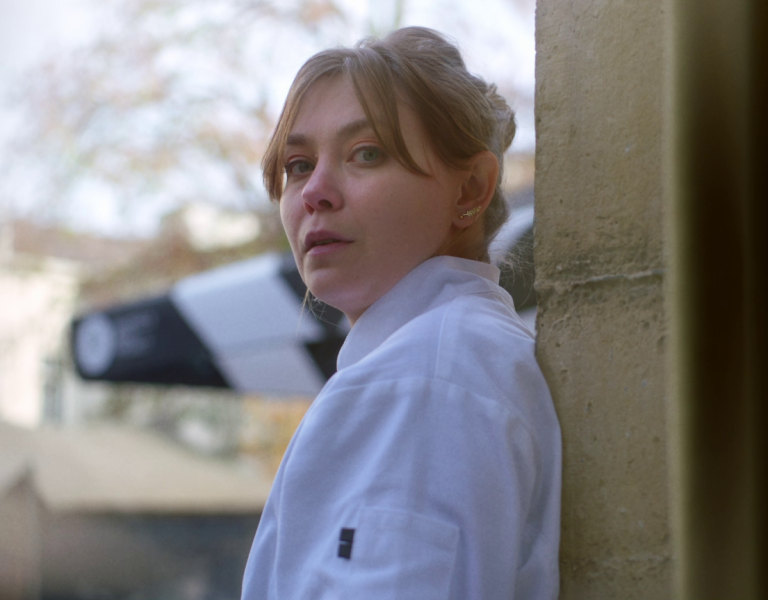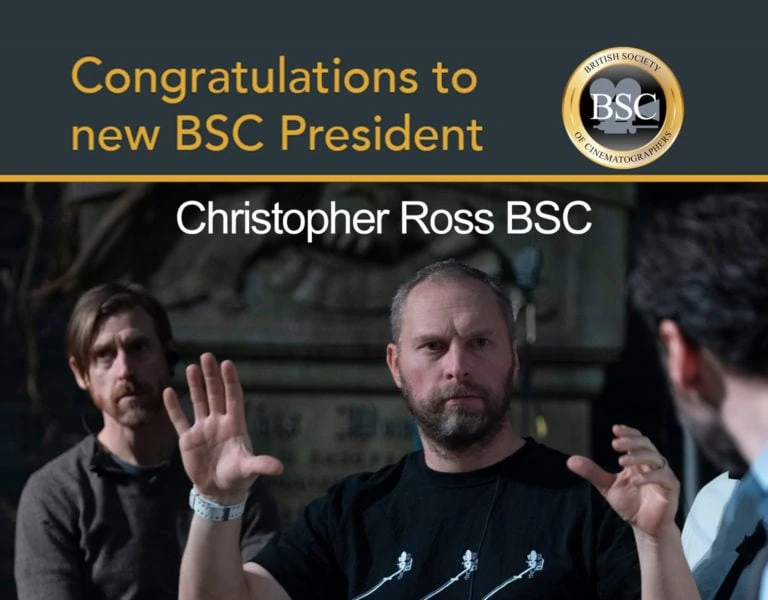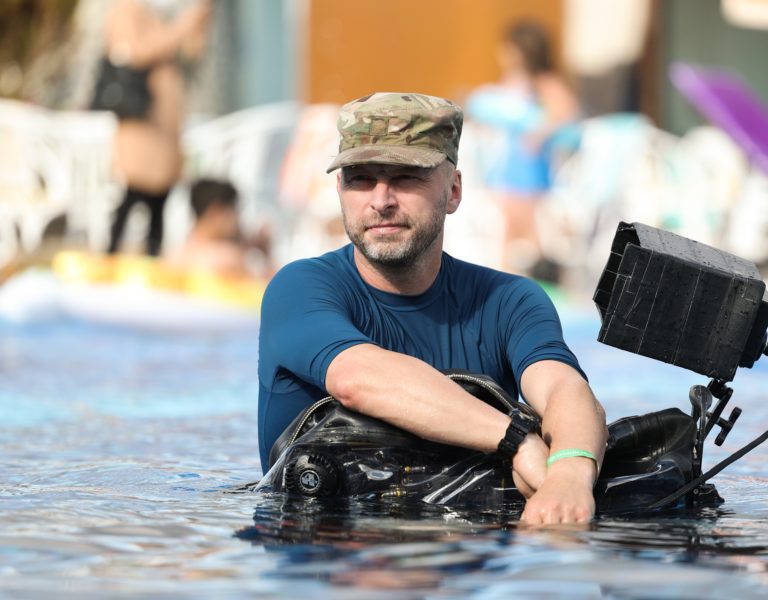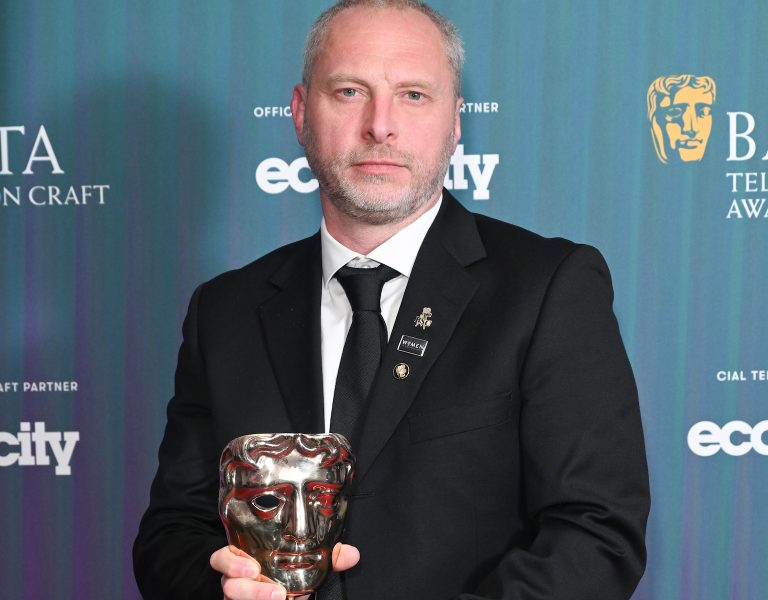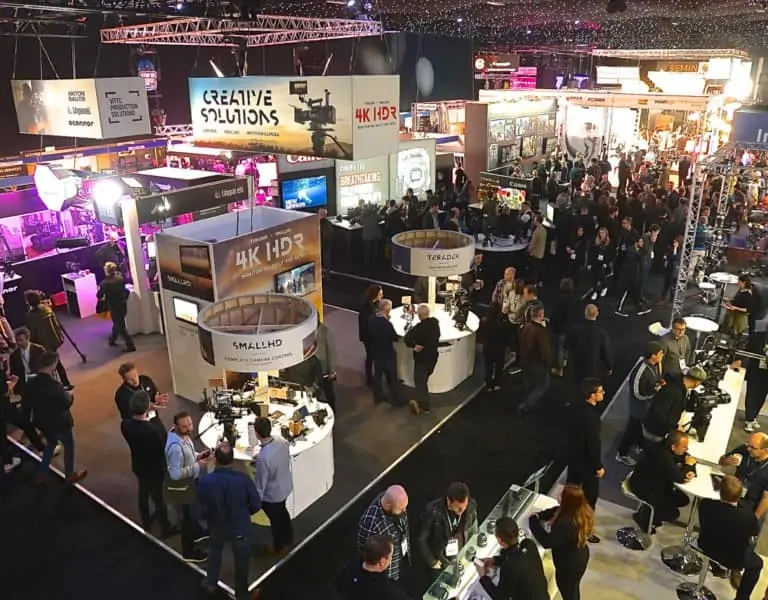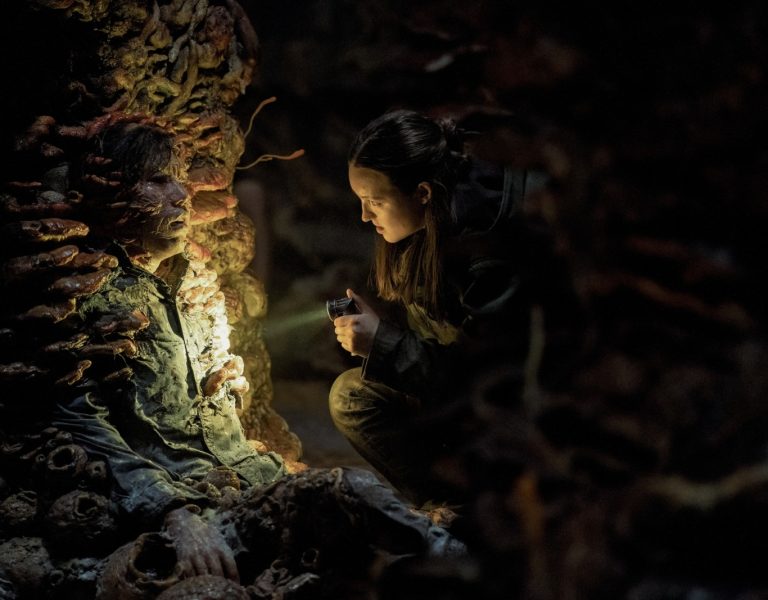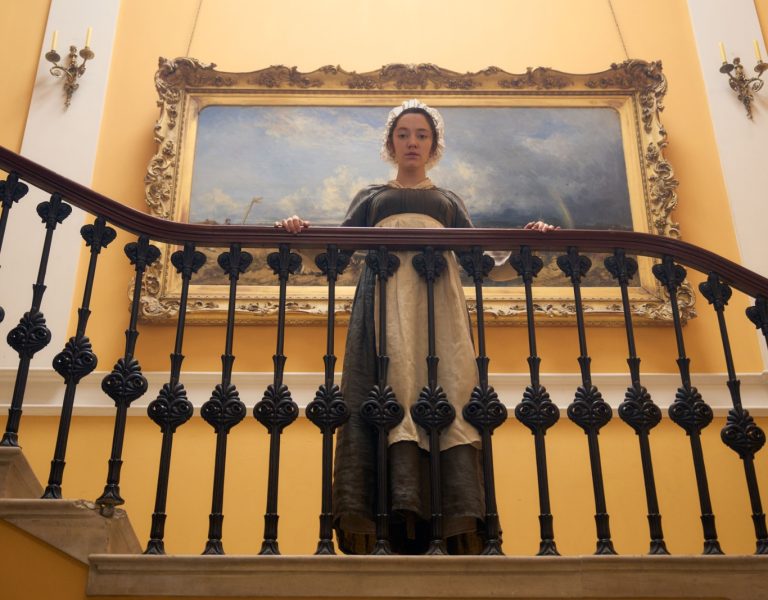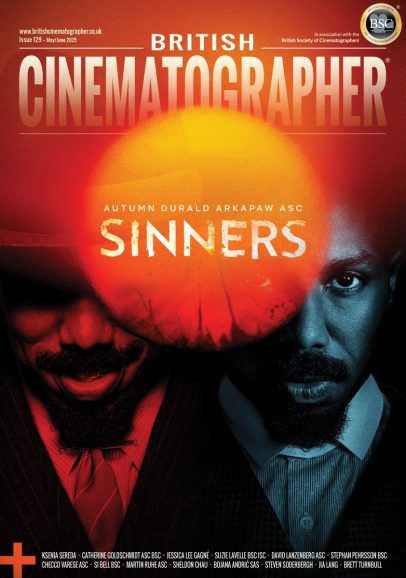Home » Features » Opinion » President's Perspective »
Christopher Ross BSC looks back at an awards season during which cinematic greatness was in abundance and examines Lol Crawley BSC’s distinct visual style that has been present throughout his creative journey, from compelling low-budget British independent film, Better Things, through to Best Cinematography Oscar-winning, The Brutalist.
Tonality
/tə(ʊ)ˈnalɪti/
Noun
- the character of a piece of music as determined by the key in which it is played or the relations between the notes of a scale or key.
“the sonata is noteworthy for its extensive variations of mood and tonality”
- the harmonic effect of being in a particular key.
“the first bar would seem set to create a tonality of C major”
- the colour scheme or range of tones used in an image.
“the delicate tonality is key to the atmosphere of the scene.”
The deadline for this edition’s perspective whizzed passed me just as awards season was drawing to a close, with the 97th Academy Awards, held on 2 March, standing as a testament to the resilience and unity of Los Angeles, a city (and community) recently challenged by devastating wildfires. This year’s ceremony not only celebrated cinematic excellence but also honoured the spirit of a community determined to rebuild and thrive. Among the night’s victorious highlights was cinematographer Lol Crawley BSC, whose journey from independent films to his Oscar-winning work on The Brutalist epitomises the same dedication and artistic evolution.
Cinematography is an artform that blends technical expertise with creative vision, and the evolution of a cinematographer across their career plays a crucial role in shaping future success. In cinema, there is no such thing as an overnight success and Crawley’s journey to cinematic greatness is an essential read for anyone with similar aspirations.
Like many UK cinematographers, Crawley’s breakthrough into features came in the form of the low-budget British independent film, Better Things (2008), directed by the artist and photographer Duane Hopkins. This compelling drama explored the complexities of rural life, teenage angst, and social disconnection. Photographed in anamorphic widescreen, Crawley’s cinematography stands out for its stark, poetic realism. His use of natural light and restrained camera movement allowed the film’s emotional weight to take centre stage, the quietly poetic imagery of the film adding a powerful atmosphere. Crawley’s distinct visual style, characterised by naturalistic lighting, evocative compositions, and an ability to capture raw emotion, was evident even from this early project.
Shortly after, Crawley continued his narrative journey with Ballast (2008), directed by Lance Hammer. This Southern Gothic drama, set in the Mississippi Delta, offered a deeply immersive experience through its brooding, atmospheric storytelling. Crawley’s cinematographic choices—lingering shots, a muted colour palette, and an unflinching gaze at human struggle—once again resonated with both character and story. Ballast was widely praised for its authenticity, and Crawley’s work played a pivotal role in conveying the story’s emotional depth.
These first forays into independent cinema allowed Crawley to experiment with his own artistry, and to stretch his skills across a bigger canvas. This process has become an essential step in the artistic evolution of many filmmakers. The freedom to tell unique stories, alongside other emerging artists, is an essential element in the learning curve of our industry. It takes a village to raise a child, and a community to raise an artist.
Fast forward to 2024, and Crawley’s signature style was on full display in The Brutalist, directed by Brady Corbet. The film, a historical drama chronicling the journey of a European immigrant architect in post-war America, required a visual language that was both intimate and grand. By combining compositions that balanced architectural precision with the raw emotion of personal struggle, Crawley’s cinematography became one of the film’s defining strengths, shaping the narrative with every frame.
Also taking centre stage at this year’s Oscars was another long-term independent filmmaker, Sean Baker, with his film Anora. With immersive photography by Drew Daniels, Anora was bestowed the Best Picture Award with Baker receiving the award for Best Director. A similar artistic journey can be ascribed to Baker’s career, with a dedication to unique stories and uniquely observed characters. Tangerine and Starlet paved the way for the success of Anora over a decade ago.
An artist’s ability to adapt and evolve over time while maintaining a distinct visual voice is what makes them compelling and unique. Combined with more time and a larger canvas and dedication to a craft ensure long-term success. The craft behind Anora and The Brutalist are the result of dedication and endurance and the quiet mastery of the cinematic form. The decades-long journeys of these filmmakers should serve as an inspiration for aspiring filmmakers, reminding us that true artistry comes from a deep understanding of light, composition, and above all, human emotion.
The 97th Academy Awards, whilst filled with the usual pageantry, carried with it an extra layer of significance. It was a night that celebrated resilience—of individuals, of art, and of a city. A true celebration of film and its artists, with the backdrop of the industry’s spiritual home. We celebrate alongside them as another BSC member brings kudos to the Society. Lol Crawley BSC personifies how dedication and artistic integrity can lead to well-earned recognition. His journey, from the understated brilliance of Better Things to the grandeur of The Brutalist, exemplifies how independent cinema remains a crucial training ground for the industry’s most compelling artists.
Long live independent cinema.



